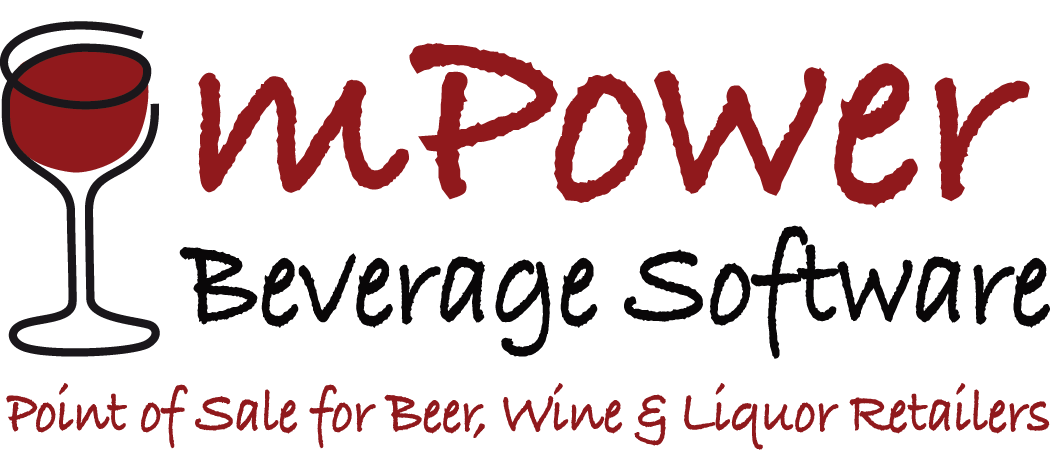Increase Efficiency with a Liquor Store POS System Increasing efficiency within your liquor store can…
A Good Liquor Store POS System Ages Like Fine Wine
A Good Liquor POS System Ages Like Fine Wine
A good liquor store POS system will age with your store like a good bottle of fine wine. This article will walk you through how the POS has evolved over time, and one simple thing to look for when choosing a point of sale.
In the Beginning: Just a Cash Register
The cash register was first invented in 1879 by the brothers, James and John Ritty. In 1881 they sold their rights to a new customer and that customer added the cash drawer. In 1884 John H. Patterson bought the business. Over the years, cash registers improved. Improvements included features such as recording individual sales [not just the total], printed receipts, and automatic change making.
Beginning to Form into POS
Shortly after the invention of desktop calculators in the 1960’s, electronic cash registers became available. They were primarily manufactured in Europe or Japan and were quickly dominating the market by the 1970’s. In 1972, the first automatic checkout stand was invented and UPC codes began to take form. The electronic systems began to help owners/managers watch stock quantities and manage payroll. By the 1990’s PC-based POS systems and credit card devices started to take over. And in the 2000’s you start to see mobile payments forming.
From “Just a Cash Register” to POS and Retail Management
As technology advanced, so did the cash register. It began as just a way to count daily sales, to tracking individual sales, stock, and payroll. Today, the modern cash register is a point of sale [POS] system. The POS helps businesses track their sales, manage their inventory, run reports, access the system remotely, manage employees/customers, and much more. As technology grows, the POS system gets more advanced and offers owners/managers a deep insight into their business than ever before.
In the Now: Fully Connected
Today, point of sale software can be fully centralized. This is a great thing for businesses with omni-channels that include website and apps. It is also great for multi-location stores. By having a fully connected POS system, you can see what is going on at your store(s) from any location. You can also create promotions, change pricing, and more off-site. You can also not only offer shopping via websites or apps, but you can offer delivery options with apps like Drizly and Drync.
Conclusion
As the cash register evolved into a point of sale system, upgrades were always required. Upgrades are even required today. This is to keep the system updated with not only bug fixes, but new features as well. How upgrades work is one thing you need to keep in mind while looking to get a new POS system or upgrade to another POS system. Some POS companies charge you per upgrade or don’t allow upgrades. Look for a company that upgrades their software (at minimum) annually. Additionally, ask them what they typically include in their upgrades. Are the just bug fixes or are new features included? And if new features are included, how do they typically decide what features to add? Bonus points if they add features based on customer recommendations!
